Homeland of indoor cactus
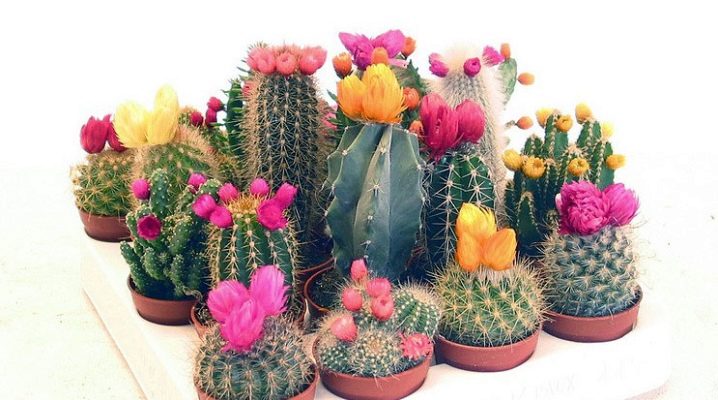
Cacti in the wild in our area do not grow even theoretically, but on the windowsills they are so firmly rooted that any child knows them from deep childhood and is able to accurately identify them by their appearance. Although this type of home plant is well recognizable and is found in every third household, even those who grow them abundantly cannot always tell a lot of interesting things about this pet. Let's try to eliminate the knowledge gaps and figure out how and where this guest came from.
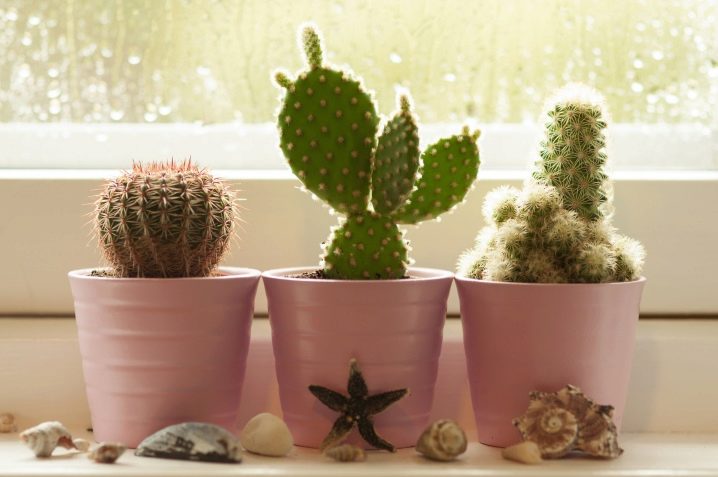
Description
It's worth starting with what can generally be called a cactus. You yourself most likely know that the characteristic thorny plant can theoretically take on completely different forms. Given the confusion that sometimes occurs in biology, it should come as no surprise if some of the species commonly thought to be cacti are actually not, and vice versa. So, according to the modern biological classification, cacti or cactus plants are a whole family of plants belonging to the order of Cloves, the approximate number of species in general reaches about two thousand.
All of these plants are perennial and flowering, but they are usually divided into four subfamilies, each of which has its own characteristic features.
Interestingly, the word "cactus" is of ancient Greek origin, although, looking ahead, these plants do not come from Greece at all. The ancient Greeks called a certain plant with this word, which has not survived to our times - at least, modern scientists cannot answer what is meant by this term. Until the 18th century, what we now call cacti were commonly called melocactuses. Only in the classification of the famous Swedish scientist Karl Linnaeus did these plants receive their modern name.
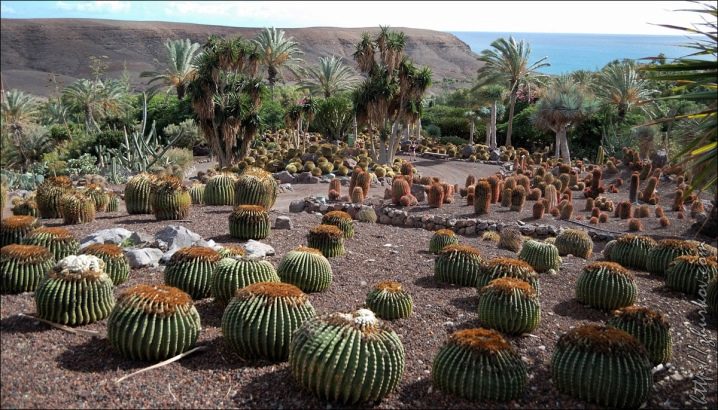
Now let's figure out what is a cactus and what is not. It is wrong to confuse the concept of a cactus and a succulent - the former necessarily refer to the latter, but the latter are a broader concept, that is, they may include other plants. Cacti, like all other succulents, have special tissues in their structure that allow them to store a supply of water for a long time. Actually, cacti are distinguished by areoles - special lateral buds from which spines or hairs grow. In a real cactus, both the flower and the fruit are, as it were, an extension of the stem tissues, both organs are equipped with the aforementioned areoles. Biologists identify at least a dozen more features that are characteristic only of this family, but it is almost impossible for an ignorant person to see and evaluate them without appropriate instruments.
If you can mistakenly call many thorny plants a cactus, which in fact are not related to such, then sometimes you can completely ignore the representative of cactus in green spaces, which are nothing like a typical indoor version. Suffice it to say that a cactus (from a biological, not a philistine point of view) can turn out to be a deciduous bush and even a small tree. Or it can consist of almost one root with a barely noticeable aboveground part. The sizes, respectively, can differ dramatically - there are tiny specimens of several centimeters in diameter, but in American films you have most likely seen many-meter branching cacti weighing several tons.Naturally, all this variety is not grown at home - as a houseplant, only those species are usually chosen that meet two main requirements: they must be pretty and relatively small. At the same time, everything also depends on the region - in some countries those species that are practically unknown in our country can be massively grown.
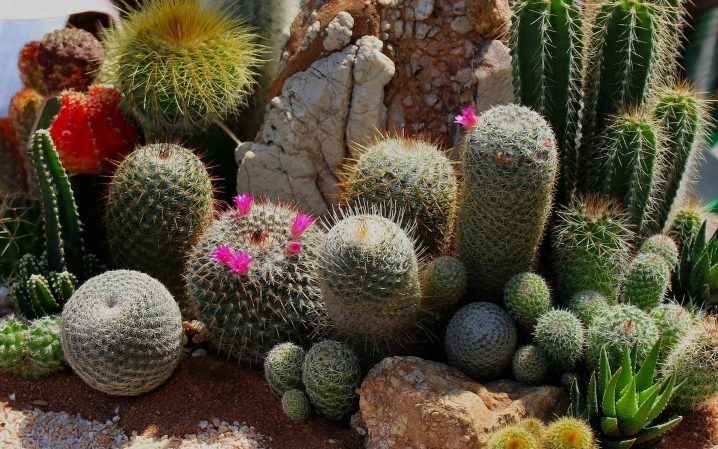
Where do you come from?
Since a cactus is not one species, but many varieties, it is difficult to identify some kind of common homeland for all this biological abundance. It is often said that the origin of the cactus is due to the whole continent - North and South America, where it grows in arid conditions from the arid Wild West of the United States to Argentina and Chile. For most species, this statement is true, but some species that appeared in continental Africa and Madagascar also apply to cactus. In addition, thanks to the efforts of the Europeans, these plants have dispersed throughout the world, therefore, in some warm countries of the same Europe, some species come across in the wild. Even in the south of the Russian Black Sea region, such plantings come across.
However, Mexico is considered to be a kind of capital of cacti. First of all, there are really many of them on the territory of this country, the plant is found almost everywhere, even in the wild, while about half of all known cactus species grow here. In addition, in most regions of their origin, cacti were wild-growing, while the ancestors of modern Mexicans (not to mention our contemporaries) actively bred some species for various needs, turning the plant into an indoor plant. Now representatives of the cactus family as indoor plants around the world are perceived exclusively as a decorative decoration. The ancient Mexicans also used this property of green spaces, but the possible use of cacti was not limited to this.
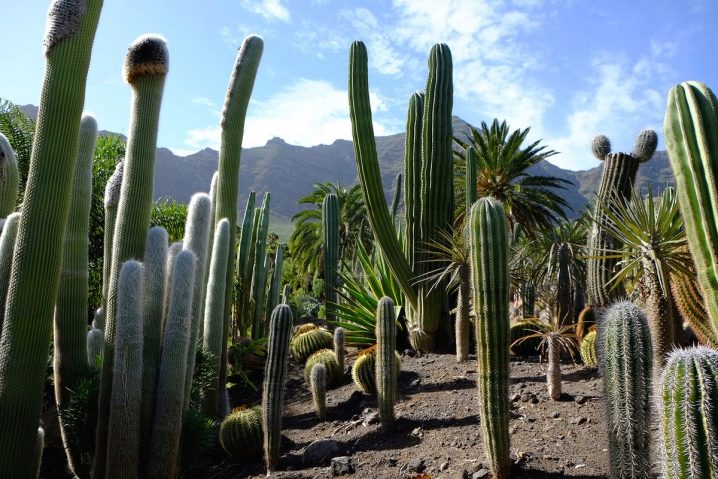
From the sources of the Spanish conquerors and the legends of local Indians, it is known that different types of these plants could be eaten, used for religious rituals and as a source of dyes. In some regions, cacti can still be used for the same needs. For the Indians, the cactus was everything - hedges were made from it and even houses were built. The European conquerors did not care too much about the classification of the crops grown by the conquered peoples, but information has reached us that at least two species of cactus were grown in Central America for sure.
Today, this plant in its various forms is considered the national symbol of Mexico, so if any one country is considered its homeland, then it is this one.
There is also a theory that cacti originally appeared in South America. According to the authors of the hypothesis, this happened about 35 million years ago. These plants came to North America, including Mexico, relatively recently - only about 5-10 million years ago, and even later, along with migratory birds, they came to Africa and other continents. However, the fossilized remains of cacti have not yet been found anywhere, so this point of view has yet to be confirmed by weighty arguments.

Habitat
It is believed that the cactus is an unpretentious plant in terms of the fact that it does not need a lot of water, but in fact this also means certain obstacles to growing. Most thorny species grow in nature in hot and dry climates, respectively, they do not like either cool or excessive humidity. Pay attention to where most of these plants grow in North and South America - they choose the Mexican deserts, as well as the dry Argentine steppes, but they cannot be found in the Amazon jungle.
Having figured out that even bushes and trees with leaves can belong to cactus, it should not be surprising that the typical growing conditions for such species can differ significantly. Some species grow well in the same humid tropical forests, although in appearance they do not resemble their closest relatives in any way, others are able to climb high into the mountains, up to 4 thousand meters above sea level, and there are no longer typical deserts at such an altitude.
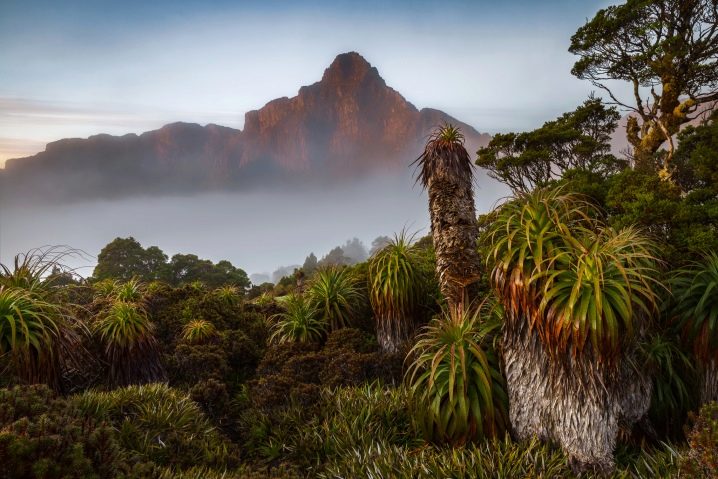
The same applies to the soil on which the home flower will be grown. The classic prickly cactus from Mexico grows in the desert, where the soil is not fertile - the soil there is traditionally poor and light, with a high content of mineral salts. However, any "atypical" cacti growing in fundamentally different natural conditions usually choose heavy clay soils. It is the unpretentiousness of the classic Mexican "thorn" that is the reason that cacti have become so popular as a houseplant. They do not require special care, no fertilization is needed, even the irrigation regime can not be strictly observed - this is very beneficial for a busy person who may not appear at home for a long time. As we already understood, when choosing a cactus, it is still worth showing a certain amount of care, since exceptions to this rule, although not very popular, exist.

Important! If you consider yourself to be a true lover of succulents and want to plant cacti in large quantities, please note that different species relate differently to the close neighborhood of their own kind.
Some species do not like to be located next to each other, in nature they grow only at a considerable distance, while others, on the contrary, tend to grow in dense thickets.
How did you get to Russia?
Like many other American cultures and inventions, the cactus came to Russia indirectly, through Western Europe. Unlike many other continents, in Europe historically, cacti did not grow at all - even those species that do not remind us of the usual "thorn". Some travelers could see something similar in Africa or Asia, but in these regions adjacent to Europe with a species diversity of cactus did not work out much. Therefore, it is generally accepted that the acquaintance of Europeans with these plants occurred at the turn of the 15th and 16th centuries, when America was discovered.

For European colonizers, the appearance of a new type of plant turned out to be so unusual that it was cacti that were among the first plants brought to Europe.
As mentioned above, the same Aztecs had already used some species of this family for decorative purposes by that time, so the beautiful specimens that came to the Old World soon became the property of wealthy collectors or avid scientists. One of the first cactus lovers can be considered the London pharmacist Morgan - at the end of the 16th century he already had a complete collection of cacti alone. Since the plant did not require special care, but it was distinguished by a non-trivial appearance, it soon became an adornment of the rapidly gaining popularity of private greenhouses and public botanical gardens throughout the continent.
In Russia, cacti appeared a little later, but rich people, of course, knew about them from their European trips. They really wanted to see the overseas plant in the St. Petersburg Botanical Garden, for which in 1841-1843 a special expedition was sent to Mexico led by Baron Karvinsky. This scientist even discovered several completely new species, and some of the specimens he brought back cost twice as much in gold equivalent as they weighed. Until 1917, the Russian aristocracy had many private collections of cacti that were of real scientific value, but after the revolution, almost all of them were lost.For many decades, the only Russian cacti were those that survived in large botanical gardens in cities such as Leningrad and Moscow. If we talk about the ubiquitous distribution of cactus as domestic plants, then in the Soviet Union a similar trend was outlined around the end of the 50s of the last century. Some clubs of cactus lovers have existed continuously since those times, even a special term "cactusist" has arisen, indicating a person for whom these succulents are their main hobby.
























































The comment was sent successfully.